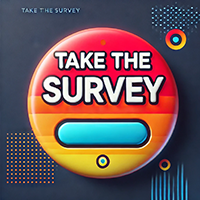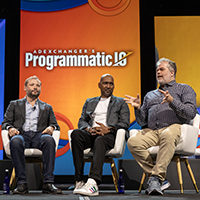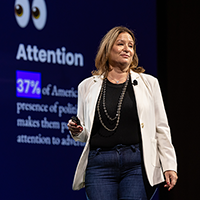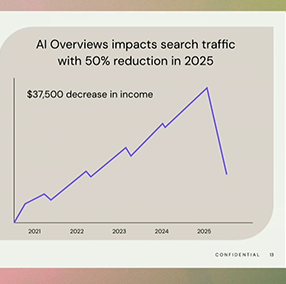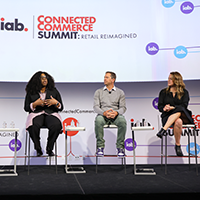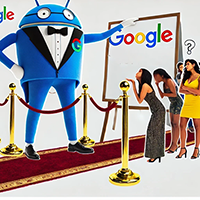Ad Ops
-
cookies
How Self-Serve Platforms Are Revolutionizing Ad Tech and Empowering Publishers
Toms Panders of Setupad explains how self-serve platforms are reshaping ad tech, empowering publishers to take control, boost efficiency, and overcome industry challenges.
-
cookies
It’s Time to Unlock Audience Amplification: Share Your Insights Now!
With publishers facing challenges like third-party cookie deprecation and declining referral traffic, they need answers right now. Take our survey to uncover new audience amplification strategies to drive revenue beyond your website.
-
Decoder
Behind-The-Scenes of Header Bidding and How It Creates Better Ad Quality for Publishers
Header bidding has revolutionized programmatic advertising by allowing multiple demand sources to bid on ad inventory simultaneously, rather than sequentially as in traditional waterfall auctions. This competition results in higher CPMs, better ad quality, and greater control for publishers.
-
cookies
The Open Internet’s Future: On Life Support or Ready for a Glow-Up?
As walled gardens continue tightening their grip on ad spend, the future of the open internet remains uncertain. Explore insights from Programmatic IO’s session, “The Future of the Open Internet Is…?” where industry experts discussed how publishers can adapt, evolve, and reclaim their value.
-
Decoder
Dark Traffic Is Costing Publishers 14-21% of Their Revenue – What Is It?
Ad blocking was last decade’s big problem, right? It is no longer seen as an existential crisis; it’s become a back burner issue. Not quite. There’s a new more sinister problem— brutal adblockers that cause dark traffic. There are now 700m+ users globally. Much of this has materialized in the years since COVID-19.
-
Behind the News
Google vs DOJ Trial Week 3: Ad Tech Spaghetti and Courtroom Drama
Get the lowdown on week three of the Google vs. DOJ trial from the AdMonsters editors. The plot thickens as Google’s defense strategy unfolds, revealing a complex web of power plays in the ad tech ecosystem.
-
AI
Rethinking Brand Safety: Lessons from Jana Meron on News Advertising in 2024
Advertisers miss out on reaching engaged, high-value audiences by fearing news content. Washington Post’s Jana Meron explains why it’s time to rethink brand safety in news advertising.
-
AI
Creators vs. AI: Can Keeping It Real Save the Internet?
Last week, creators took a stand in New York City with the launch of Raptive’s ‘Keep It Real’ campaign, an advocacy effort designed to raise awareness about the impact of AI on their livelihoods. ABC News anchor Linsey Davis was the surprise host of the day, opening the event by celebrating creators’ work as the “heart and soul of the internet.” Her words resonated throughout, highlighting the core message: creators — and, by extension, publishers — are the lifeblood of the web, facing challenges that deserve urgent attention.
-
AI
Supercharging Creative Strategies with AI: Top Takeaways from IAB Connected Commerce Summit
How is AI changing creative strategy? The IAB Connected Commerce Summit featured lessons about creating experiences that connect with consumers.
-
Behind the News
Google on Trial: Unpacking Week Two of the DOJ’s Case and What It Means for Publishers
As week two of Google’s antitrust trial unfolded, publishers were stepping out of the shadows. With testimonies revealing Google’s deep grip on ad tech, we unpack how this could reshape the industry and finally give publishers their due. Watch the full breakdown and get the highlights of the trial here.

